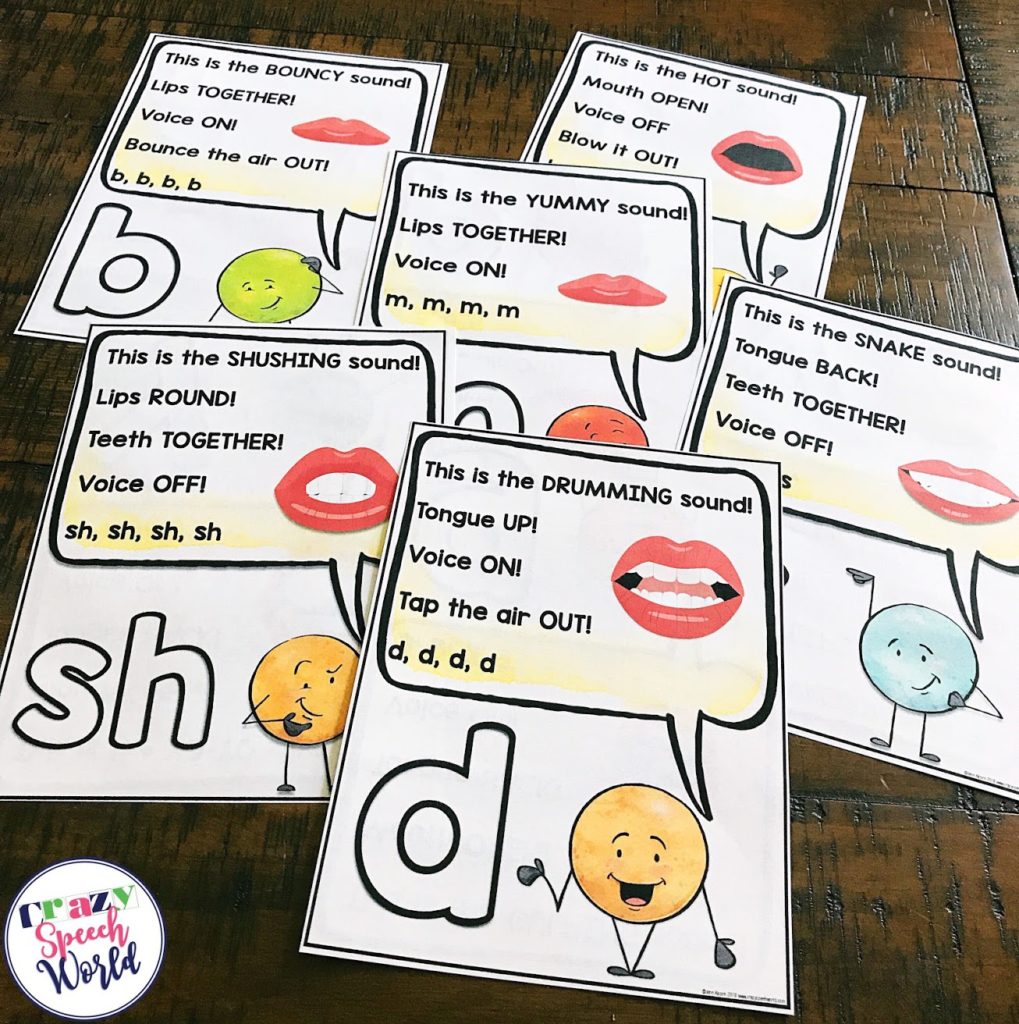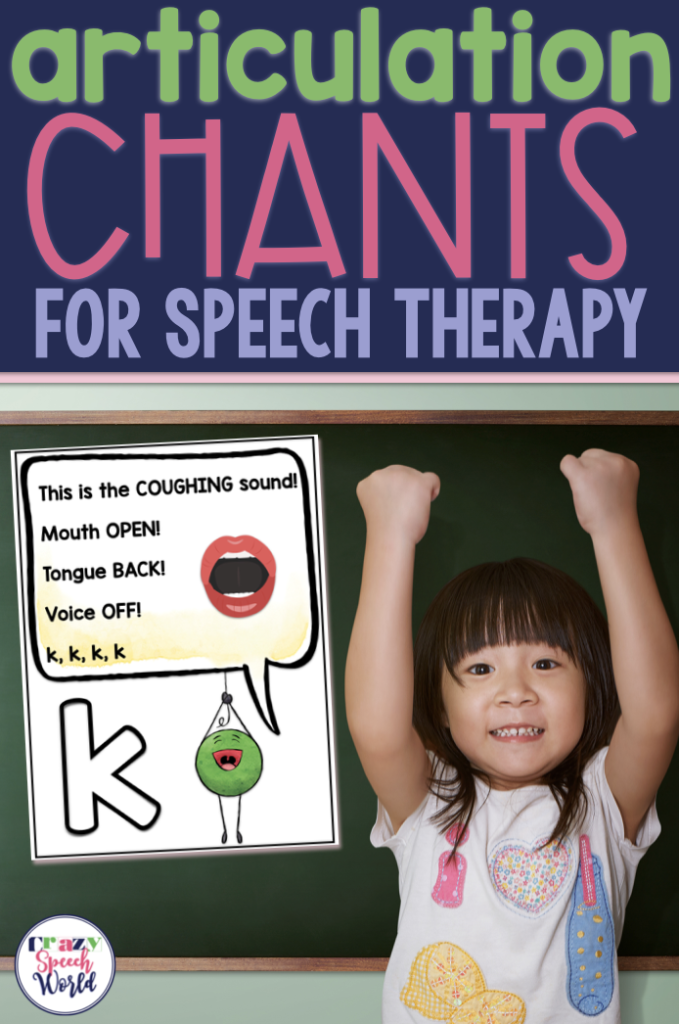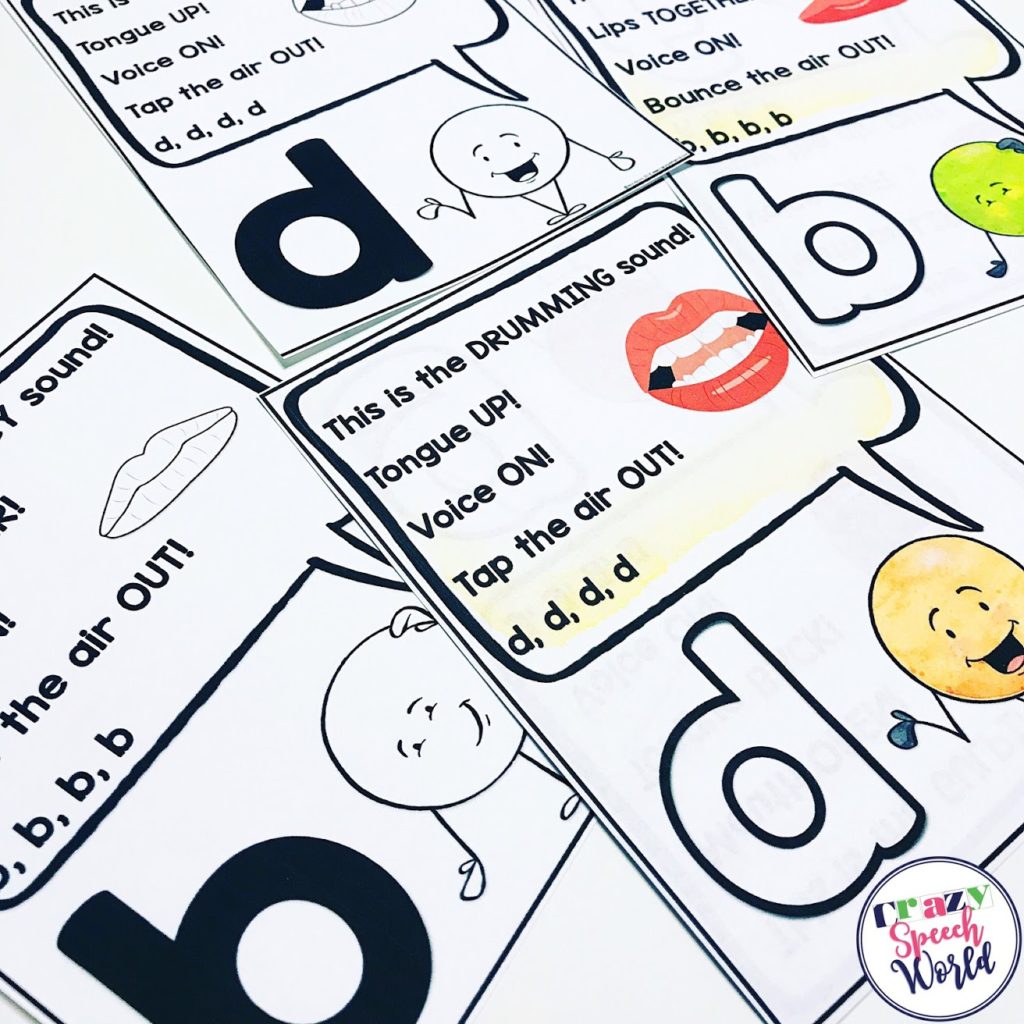Confession time…I’m a terrible singer. Like, turrible. But I don’t let that stop me (Follow your dreams, people) from belting out my own little diddies and dance moves in my therapy sessions. Why? Mostly because it draws attention and makes my students laugh. But also, I know that movements and chants and rhymes can all help my students engage and learn. Like the kind of learning that sticks. Let’s take a look at some research:
- Silberg and Schiller (2002), “All it takes to unleash the power of rhymes, songs, poems, finger-plays, chants, and tongue twisters is to have fun. And while children are having fun, they will also learn listening skills, vocabulary, and humor” (p. 12). Did they say LISTENING SKILLS AND VOCABULARY AND HUMOR? Hello, speech therapy.
- The brain actively develops strategic thinking behaviors to make sense of the world (Medina, 2008). Strategic thinking is what we desperately want out kids to be doing, helping them learn in a way that makes sense to them.
- We already know that children learn language from watching and listening to those around them. But, we are also are “patterners” (Gardner, 1985, p. 152) who recognize, utilize, and learn with patterns. We often use books with patterns, rhymes, and repetitive words in language therapy.
But what about articulation? Can’t we teach speech sounds in the same manner? Of course we can. For the past few years, I’ve started using some chants when I need to get a student excited about speech therapy, which let’s face, sometimes can be a huge challenge. I have to report that I haven’t yet met a student who wasn’t on board with this method of teaching. Maybe a few sideways glances at first, but my kids LOVE adding rhythm, clapping, gestures and chanting to their learning.
 So after much thought I decided to go for it and create a collection of chants for the phonemes I find myself working on in speech the most: /b, d, f, g, h, j, k, l, m, n, p, r, s, t, v, w, y, z, ch, sh, th/
So after much thought I decided to go for it and create a collection of chants for the phonemes I find myself working on in speech the most: /b, d, f, g, h, j, k, l, m, n, p, r, s, t, v, w, y, z, ch, sh, th/
These chants each include the nickname for the sound, placement cues, voicing cues, and production of the phoneme in isolation. The posters also have a picture of a mouth making the target sound. Most of the chants are 5 lines long (/m/ has 4 lines) and can be set to any beat you want. I usually say the first line, then the student(s) repeat it back to me. I add in fun gestures for the sound’s nickname and clap at the end of each line. The beauty of these is that you can have it YOUR WAY. You can set it to the rhythm that you like or add as much movement as you want. You don’t have to sing anything, just say the words. It’s. SO. Easy. And it adds an important element to your speech therapy sessions: ENGAGEMENT.
These are a great introduction to placement for new therapy students, a fun warm up to start each session, or as a reminder when a child is getting a little off track. You can also send them home with a student to teach a caregiver (or vice versa) for extra practice.
Because so many of us are ink conscious, I included b/w versions which you can print on bright colored paper or keep it simple on white. There are also mini cards included that can easily be kept in pockets, on desks, or in student folders.
I also included the suggested gestures for each sound and how to get started. My best advice? Don’t overthink it 😉
My hope with these is to provide my students with a fun way to learn something that is hard for them. Happy kids are always the goal! Do you do any chants or dancing in your therapy room?
You can find these Articulation Chants in my TPT Shop!






![Using open ended activities and games in speech therapy can make planning sessions so much easier! Here are a few suggestions that worked well for me. Do you remember the first time you were faced with a mixed group and were realllllllllly unsure about what to do? I do… picture it, St. Augustine 2007 😅 I was […]](https://i.pinimg.com/236x/db/72/cf/db72cf1f6f5da00cb2a13a90872871ea.jpg)
![Using open ended activities and games in speech therapy can make planning sessions so much easier! Here are a few suggestions that worked well for me. Do you remember the first time you were faced with a mixed group and were realllllllllly unsure about what to do? I do… picture it, St. Augustine 2007 😅 I was […]](https://i.pinimg.com/236x/ae/c5/56/aec55688010e2d3489baf744dde59582.jpg)
![Using open ended activities and games in speech therapy can make planning sessions so much easier! Here are a few suggestions that worked well for me. Do you remember the first time you were faced with a mixed group and were realllllllllly unsure about what to do? I do… picture it, St. Augustine 2007 😅 I was […]](https://i.pinimg.com/236x/18/b9/e8/18b9e80227dfe1789e20a21629254f79.jpg)
![Using open ended activities and games in speech therapy can make planning sessions so much easier! Here are a few suggestions that worked well for me. Do you remember the first time you were faced with a mixed group and were realllllllllly unsure about what to do? I do… picture it, St. Augustine 2007 😅 I was […]](https://i.pinimg.com/236x/4d/34/85/4d3485a753178d000223a89b09162317.jpg)
![Using open ended activities and games in speech therapy can make planning sessions so much easier! Here are a few suggestions that worked well for me. Do you remember the first time you were faced with a mixed group and were realllllllllly unsure about what to do? I do… picture it, St. Augustine 2007 😅 I was […]](https://i.pinimg.com/236x/da/7b/c1/da7bc16b9530451d989a578236bc2bff.jpg)
![Using open ended activities and games in speech therapy can make planning sessions so much easier! Here are a few suggestions that worked well for me. Do you remember the first time you were faced with a mixed group and were realllllllllly unsure about what to do? I do… picture it, St. Augustine 2007 😅 I was […]](https://i.pinimg.com/236x/e0/21/a4/e021a465474b16201d23d0a77857935b.jpg)
![Using open ended activities and games in speech therapy can make planning sessions so much easier! Here are a few suggestions that worked well for me. Do you remember the first time you were faced with a mixed group and were realllllllllly unsure about what to do? I do… picture it, St. Augustine 2007 😅 I was […]](https://i.pinimg.com/236x/fa/94/be/fa94be15b6f184b64e2e408bc762a7e8.jpg)

I love how you have tied up some of our best artic teaching strategies including visual, tactile, gestural and added cute, functional graphics and rhythm! Thanks!!
Thanks Kathy!